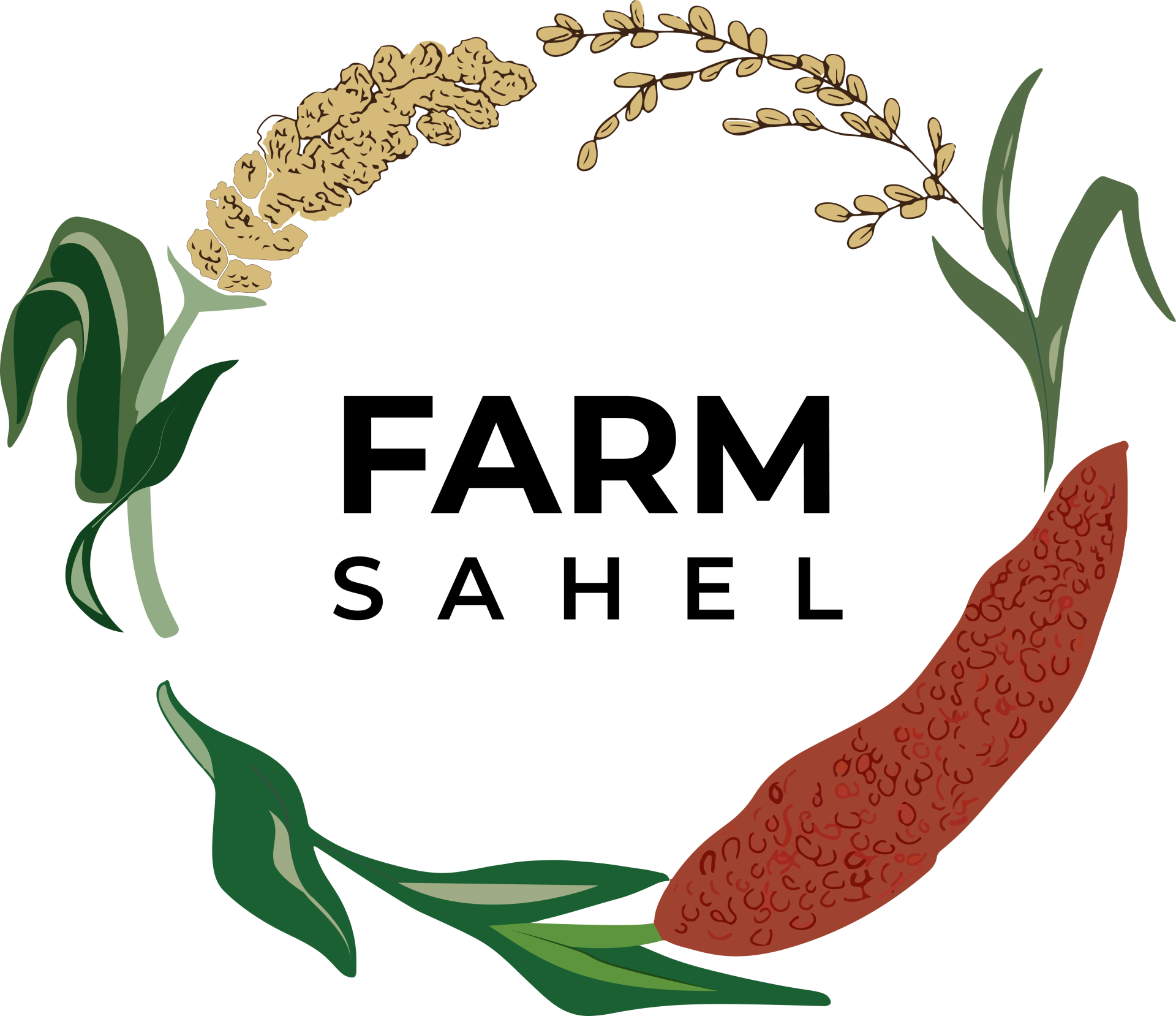National Parks in Burkina Faso
Joe Marrone • July 20, 2022
National parks are a vital part of protecting and conserving the harmony of mother nature.
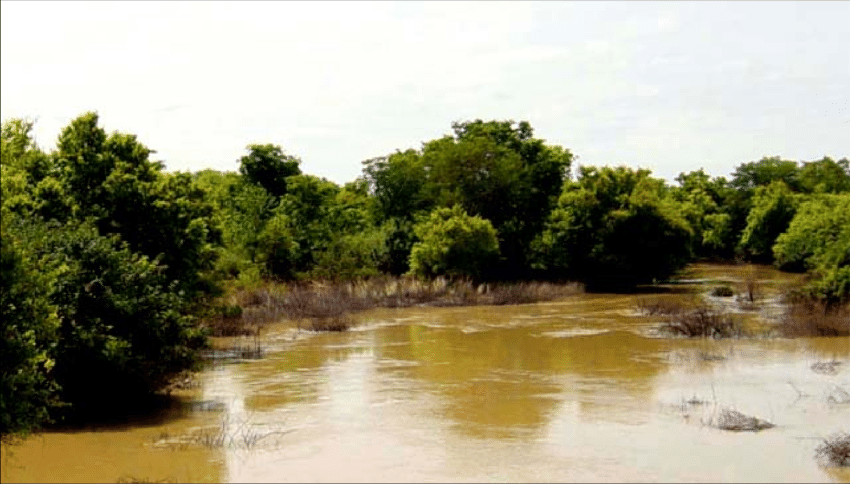
Around the world, National parks are protecting sea creatures, insects, and fauna alike. In Burkina Faso, five national parks preserve the beauty of West African wildlife. One of the oldest National parks in Burkina Faso is called the Mare aux Hippopotames.
Established in 1937, the Mare aux Hippopotames became the only UNESCO Biosphere reserve in the nation. Formally established in 1977 and translated to ‘Lake of Hippopotamuses,’ it was created around a freshwater lake with other pools and marshes. It spans about 19,200 ha covering the floodplain of the black volta river. While the park’s main feature is the lake it is named after, the surrounding and protected galley forests have the most beneficial impact on the larger ecosystem. Galley forests form corridors along waterways, growing trees in regions that do not typically support tree growth. In these galley forests, Elephants, antelopes, primates, and hundreds of bird species can roam free. In addition, in the freshwater lake, crocodiles and a large population of hippopotamuses bring tourists to the region. Located in the southwest of Burkina Faso, the wildlife of Mare aux Hippopotames sees only four months of rainy weather, making the protection of the freshwater lake vital to the ecosystem.
Moving east in Burkina Faso, located just north of the border of Ghana, is the second National Park of Burkina Faso, Kaborè Tambi National Park. Founded in 1976, the park follows the Nazinon river covering 155,500 ha. The large stretch of land has become a safe haven for wildlife, particularly birds, in Burkina Faso. But unfortunately, the park is not immune to poachers. In 1991, a ranger lost his life to poachers, and the park was renamed in his honor.
Poachers have been a major issue throughout Africa since the discovery of ivory. Focusing on elephants, poachers are debilitating the population. The Deux Balès National Park was once home to the largest population of elephants in Burkina Faso in 2001. In 1937, as part of French West Africa, the area was named the Deux Balès Classified Forests. Unfortunately, the name is misleading, for this area was never designated as a national park. The area of the park ranges anywhere from 61,000 ha to 81,000 ha. While it is no longer home to a large population of elephants, the park is home to various flora. Most notably aging baobab trees. Native to Africa, baobab trees are widespread and can live up to 2,000 years. While this park is a haven for vegetation, without proper management, protection, and designation as a national park, wildlife continues to be threatened.
The last set of national parks is a joint effort by multiple countries in West Africa. The first, Arli National Park, is located on the far east side of Burkina Faso, linking up with Benin’s Pendjari National Park. The Arli National Park holds a portion of the habitat home to Burkina Faso’s elephant population. The park is also home to hippopotamuses, lions, woodlands, gallery forests, and sandstone hills.
Just north of Arli is W National Park, a major national park in West Africa encompassing three countries: Burkina Faso, Niger, and Bennin. Formally established in 1954, the park follows a bend of the River Niger that outlines a ‘W’ where the park gets its name. While the area is largely uninhabited due to wetlands that create a malaria zone, archaeological discoveries have shown humans once occupied the area. W National Park is significant not only for the 800,000 ha it protects but because of the wildlife living within it. The park is known for its large animals, such as the cheetah, buffalo, and aardvark. Most notably, W National Park is home to the most extensive grouping of the endangered West African Elephants.
In 2016, the African elephant Status Report estimated that 6,850 elephants live in Burkina Faso. In 2003, the government of Burkina Faso at the time published an elephant management strategy that successfully increased the dying elephant population. Unfortunately, as the political situation degraded in Burkina Faso, so did the protection of these elephants. As a result, poaching carcasses have increased to about 50 - 86 per year.
By actively establishing, protecting, and maintaining National Parks, we can continue to hope to see an increase in Africa’s biodiversity. However, we cannot rely on National Parks alone to protect our planet. It will take a considerable effort from everyone to keep temperatures low, keep species alive, and continue the harmony of the ecosystem. Through FarmSahel’s programs and the continued efforts of smallholder farmers implementing sustainable permaculture, FarmSahel will be able to revitalize and maintain the beautiful ecosystem of Africa.
https://portals.iucn.org/library/sites/library/files/documents/SSC-OP-060_E.pdf
https://www.worldatlas.com/articles/the-four-national-parks-of-burkina-faso.html
https://discover-burkinafaso.com/national-parks/
https://www.africatouroperators.org/burkina-faso/kabore-tambi-national-park
https://en.wikipedia.org/wiki/Deux_Bal%C3%A9s_National_Park
https://en.unesco.org/biosphere/africa/mare-aux-hippopotames
https://en.wikipedia.org/wiki/W_National_Park
https://en.wikipedia.org/wiki/Wildlife_of_Burkina_Faso#W_of_the_Niger_National_Park
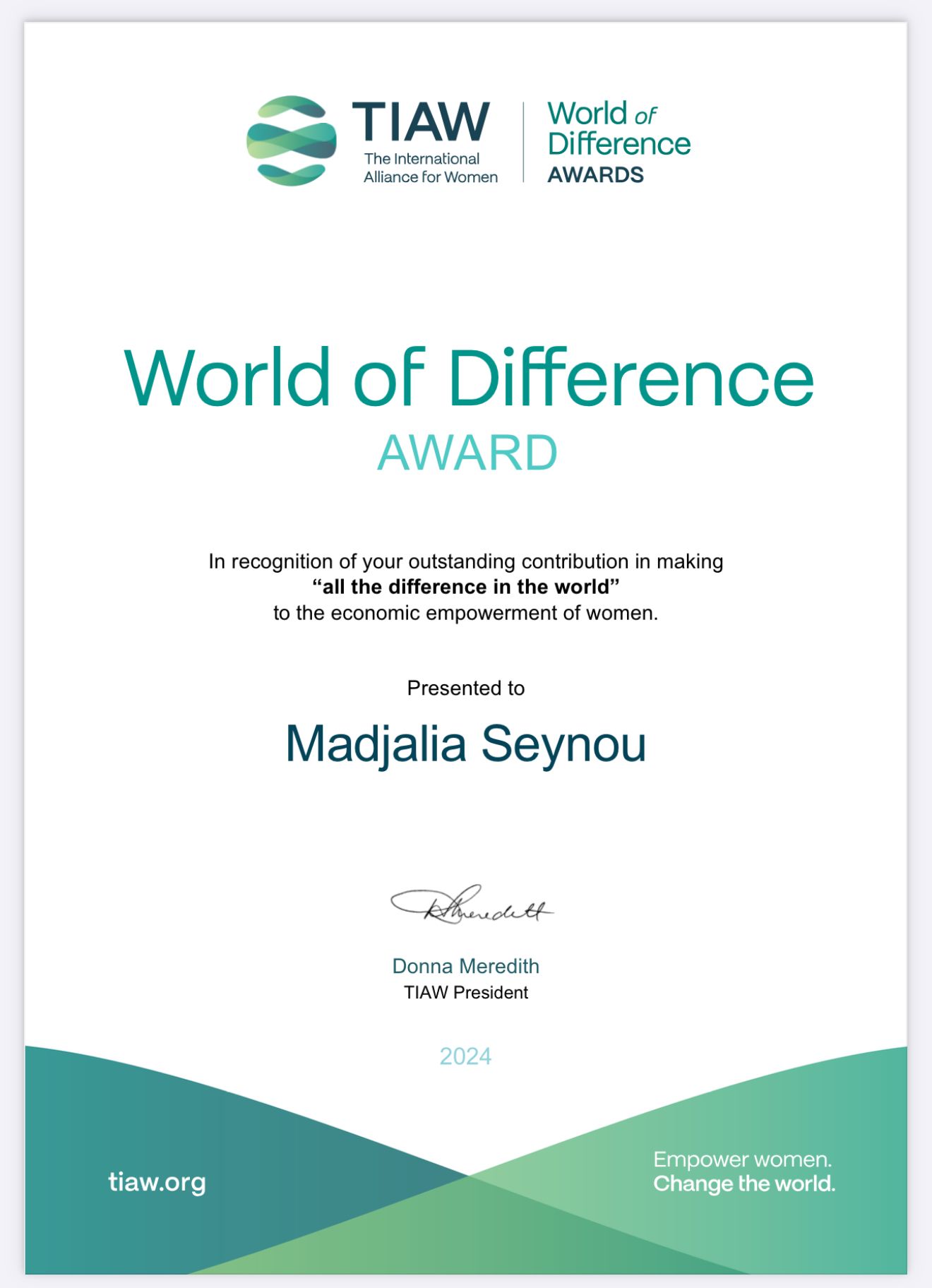
Congratulations Madjalia! We are thrilled to announce that our Executive Director, Madjalia Seynou, has been honored with the World of Difference Award by The International Alliance for Women. This prestigious award recognizes her exceptional dedication to empowering women economically and making a meaningful impact in the world. At FarmSahel, we are incredibly proud of Madjalia’s achievement. This award reflects not only her commitment but also the hard work of our entire team in supporting smallholder women farmers in Burkina Faso. Through her leadership, FarmSahel has provided thousands of women with the resources, training, and support needed to improve food security, increase income, and lift their communities out of poverty. Empower Women. Transform Communities. Congratulations, Madjalia! Your leadership inspires us every day. Let’s continue to empower women and create lasting change together.
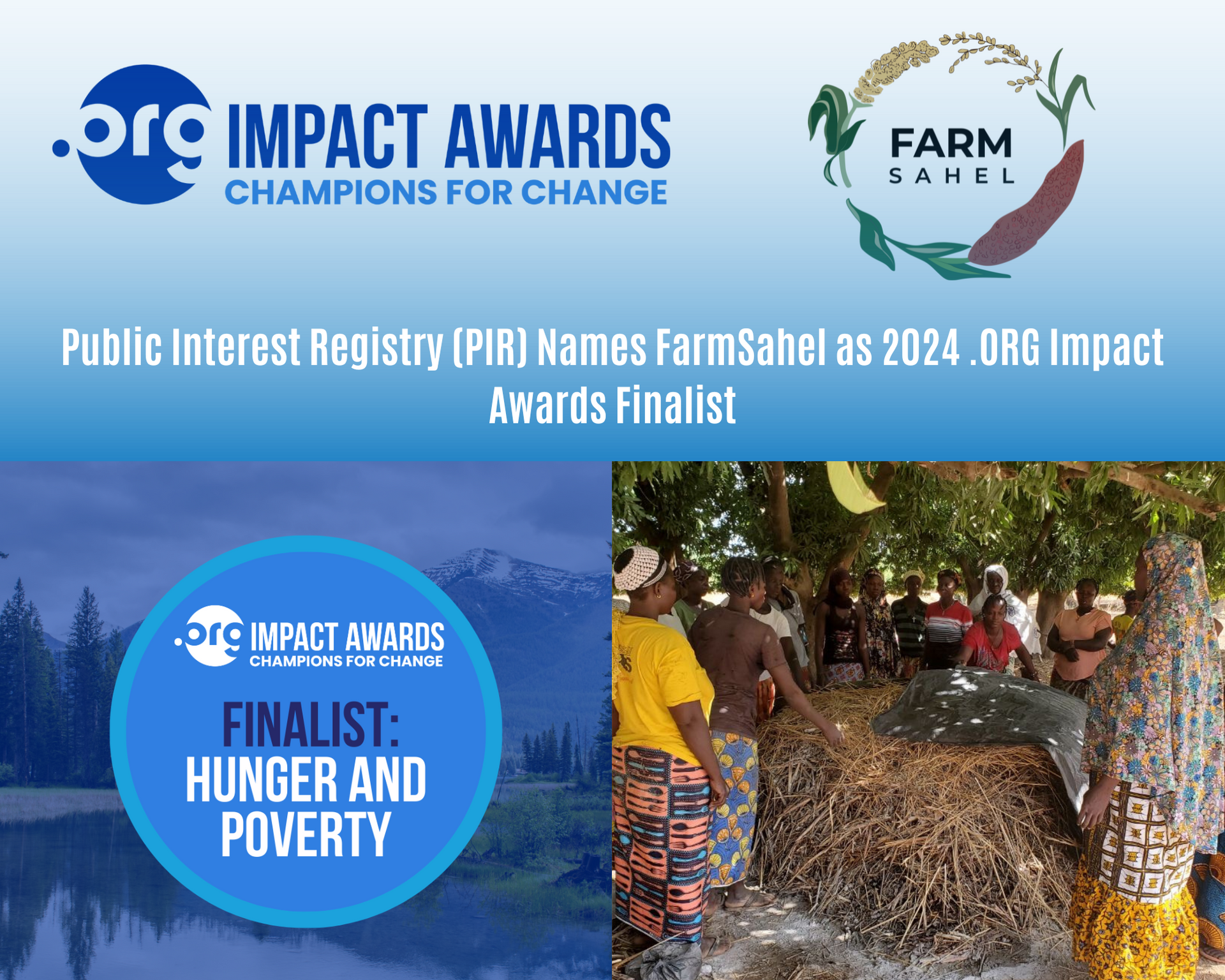
On August 13, 2024, Public Interest Registry (PIR), the organization behind the .ORG domain, proudly announced that FarmSahel has been selected as a finalist for the 2024 .ORG Impact Awards. This esteemed global awards program honors exceptional mission-driven individuals and organizations worldwide for their significant contributions to society. Chosen from over 1,700 applications spanning nearly 90 countries, FarmSahel stood out for its efforts to unlock the potential of Sahel communities to achieve economic freedom through sustainable permaculture. All winners will be revealed at an in-person awards ceremony on October 8 in Washington, D.C. Finalists from around the world will gather for the event, with each receiving a donation of $2,500 USD. Additionally, all finalists, including FarmSahel, will compete for larger donations ranging from $10,000 to $50,000 USD. The 35 finalists represent the top five entries in each of the seven award categories: ● Community Building ● Quality Education for All ● Environmental Stewardship ● Diversity, Equity, and Inclusion ● Health and Healing ● Hunger and Poverty ● Rising Stars (leaders under 25 making a difference in their communities) FarmSahel is a finalist in the Hunger and Poverty category. Winners across all categories, including the prestigious .ORG of the Year, will be announced during the .ORG Impact Awards celebration on October 8. The .ORG of the Year winner will receive a $50,000 USD donation, while winners of the other categories will each receive $10,000 USD. Beyond the financial award, the recognition from the .ORG Impact Awards will help elevate the profiles of winning organizations, boosting donations, funding, talent acquisition, partnership development, and audience reach.
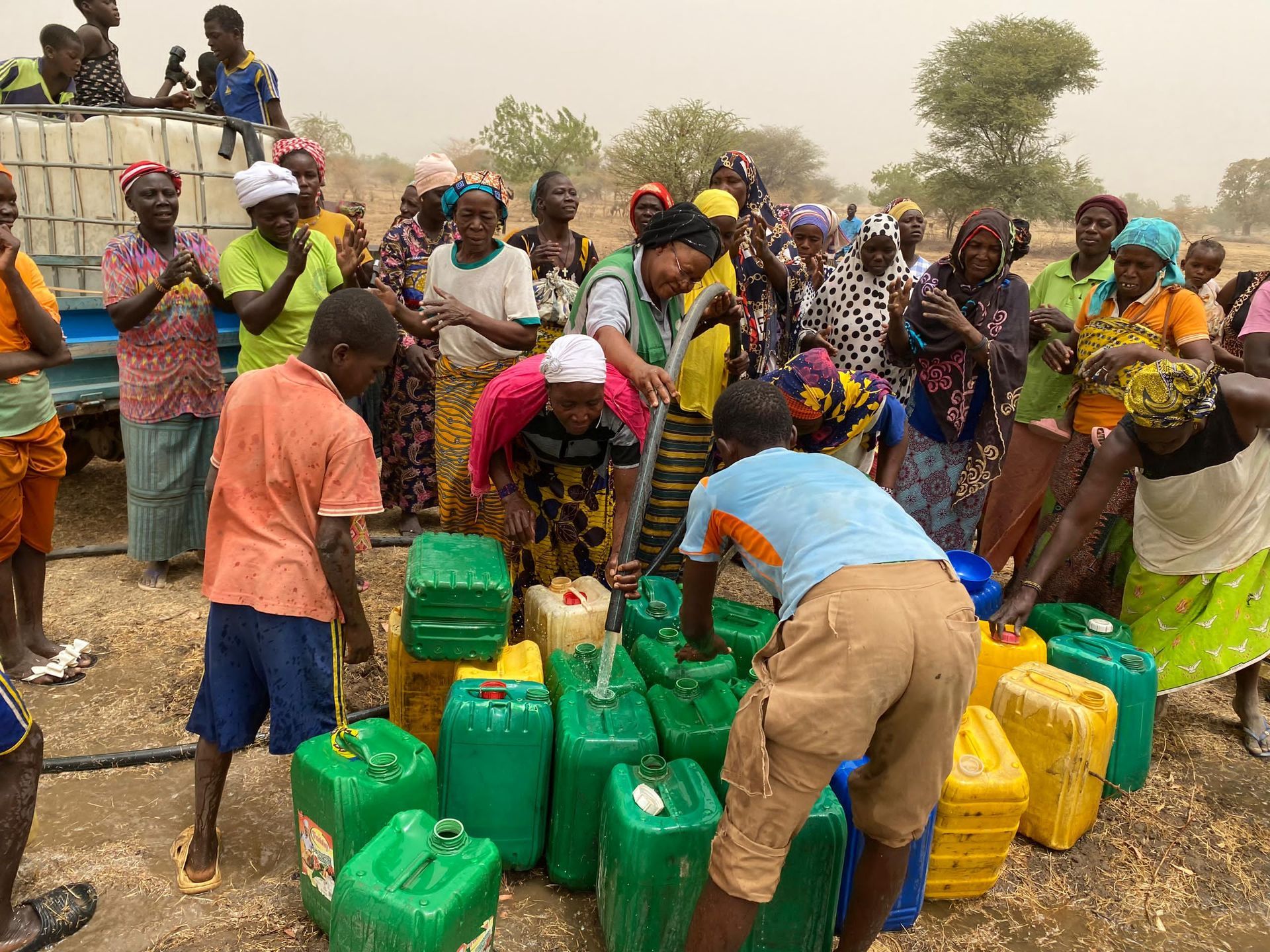
Dear Supporters, We wanted to take a moment to express our deepest gratitude to The PEF's generous contributions towards digging a water well for the women farmers of Ouda village. Your support has truly made a significant impact on the lives of these hardworking individuals and their entire community. Thanks to your donations, the women farmers of Ouda now have access to clean drinking water, which is essential for their health and well-being. Moreover, the availability of irrigation systems will enable them to cultivate off-season vegetables, increasing their crop yields and improving their livelihoods. Your generosity has empowered these women to practice sustainable farming and secure a brighter future for themselves and their families. We cannot emphasize enough the profound difference your donations have made. Through your kindness and compassion, you have brought hope and positive change to a community that greatly needed it. Your belief in our mission and your willingness to contribute have truly touched our hearts. On behalf of the women farmers of Ouda village, we extend our heartfelt appreciation for your support. Your kindness has inspired us to continue working tirelessly to improve the lives of those in need. We will keep you updated on the progress of the water well project and its ongoing impact on the community. Once again, thank you for your incredible generosity and for being champions of positive change. Your support has made a lasting difference, and we are forever grateful. With sincere gratitude, Madjalia Seynou Executive Director FarmSahel

This recognition is a testament to her dedication and passion for sustainable rural development. We owe a huge thanks to Anna Taft of the Tandana Foundation for nominating Madjalia for this Award, and to all the mentors and supporters who have played a vital role in this journey. A special shoutout to our outstanding FarmSahel team on the ground, whose hard work and commitment have yielded remarkable results. This achievement is a reflection of your unwavering dedication. Let's not forget the remarkable women beneficiaries of FarmSahel, whose tireless efforts and eagerness to learn have been instrumental in making this milestone possible. This award marks a new chapter, and we look forward to many more accolades in the future. Together, we'll continue to empower rural women and build sustainable communities.
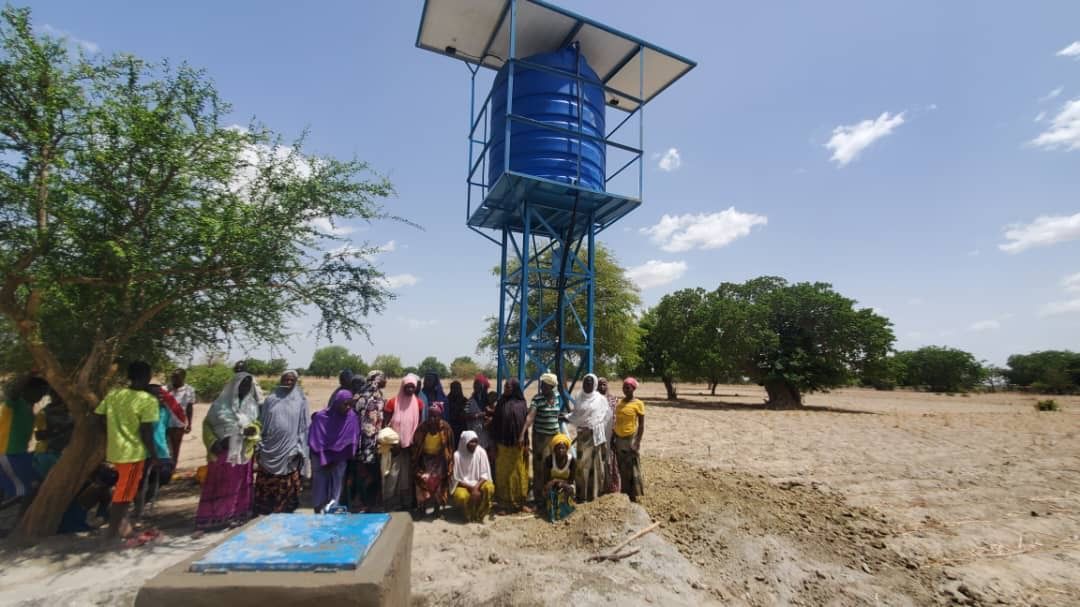
Dear Donors, We wanted to take a moment to express our deepest gratitude for your generous contributions towards digging a water well for the women farmers of Simbri village in Bindé. Your support has truly made a significant impact on the lives of these hardworking individuals and their entire community. Thanks to your donations, the women farmers now have access to clean drinking water, which is essential for their health and well-being. Moreover, the availability of irrigation systems will enable them to cultivate off-season vegetables, enhancing their crop yields and livelihoods. Your compassionate act has empowered these women to achieve sustainable farming practices and secure a brighter future for themselves and their families. We cannot emphasize enough the profound difference your donations have made. Through your kindness and generosity, you have brought hope and positive change to a community that greatly needed it. Your belief in our cause and your willingness to contribute have truly touched our hearts. On behalf of the women farmers of Simbri village, we extend our heartfelt appreciation for your support. Your kindness and empathy have inspired us to continue working tirelessly to improve the lives of those in need. We will keep you updated on the progress of the water well project and its impact on the community. Once again, thank you for your incredible generosity and for being champions of positive change. Your support has made a lasting difference, and we are forever grateful. With sincere gratitude, Madjalia Seynou Executive Director FarmSahel

We are thrilled to Announce that Madjalia Seynou, Founder and Executive Director of FarmSahel is a 2023 Women for Zero Hunger Program Finalist! Each finalist presented inspiring projects tackling hunger and food insecurity across Africa. Their innovative ideas, passionate teams, and demonstrably positive community impact were truly remarkable. Congratulations to all Winners! FarmSahel, Women Smiles Uganda and ChildVoice International who have been selected for their exceptional contributions to fighting against hunger in Africa! These incredible women will receive crucial financial support and a transformative six-month mentorship program to further empower their work. The grand prize winner, to be announced at the end of the year, will also have the opportunity to showcase their project at the 2024 Stop Hunger Event, unlocking additional crowdfunding potential. WIA Philanthropy and Stop Hunger are eager to support these trailblazing leaders over the next six months.
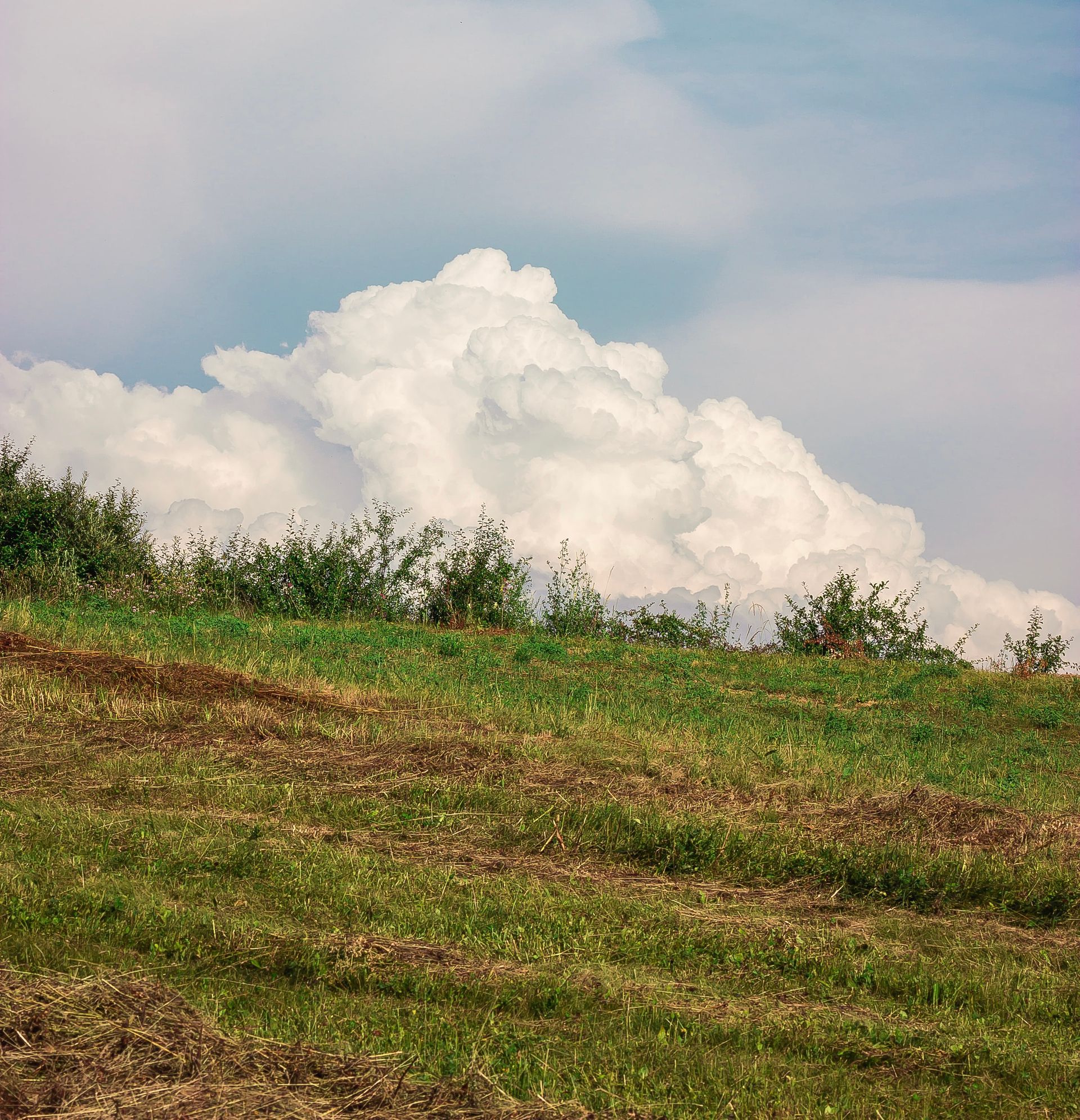
In late 2022 Burkina Faso was one of the western Sahel countries to receive an onslaught of heavy and unpredictable rain. From June to October of 2022, over 800 people died, and flooding destroyed millions of hectares of farmland. Human-caused climate change made the 2022 wet season 20% more severe, exacerbating the chronic food security crisis facing Burkina Faso and the Sahel. Crops in most of the Western Sahel received 40% less water than needed. As a result, in Burkina Faso, crop production dropped by 10% compared to the previous five-year average. Food prices rose significantly due to a low harvest and a lack of imports hampered by the war in Ukraine. Experts wanted to find a link between the 2021 drought and the 2022 deadly rainfall in the Sahel. Unfortunately, it was impossible to detect trends or plan preventative measures due to a lack of weather instruments. Now Burkina Faso is modernizing its technology to track and predict the weather as the onslaught of climate change continues. The European Union funded a pilot program called ClimSA which started in Burkina Faso and is now moving to 17 other West African countries. This program allows countries like Burkina Faso to better predict and track weather. Over 300 stations across Burkina Faso take measurements of temperature, precipitation, humidity, radiation levels, and atmospheric pressure. With this information, trained Burkinabe meteorologists can refine forecasts and monitor the impact of climate change. Weather stations and weather prediction systems were severely lacking across the entire continent of Africa. From 1990 to 2019, Africa received only 3.5% of global funding for climate research. Now, with the ClimSA program, meteorologists are able to communicate better with the general public. In Burkina Faso, agricultural bulletins are sent to local radio stations in eight different languages with specialized weather reports. With over 900,000 daily listeners, farmers are taking advantage of the new information. They are able to know when to plant and listen to seasonal weather forecasts. The meteorologists also use the large radio audience to explain to farmers how to improve yields, manage water, and refresh degraded soil. The information collected has shown that there has been a steady increase in temperatures in Burkina Faso over the years. Rainfall is coming late in the season and only as heavy and destructive downpours. As meteorologists were setting up the new advanced weather systems across Burkina Faso, in Egypt, a breakthrough was made at COP27. The United Nations Climate Change conference provided an agreement called "loss and damage," which plans to fund vulnerable countries hit hard by climate disasters. The governments involved in creating the agreement will establish a transitional committee to make recommendations on funding arrangements at COP28. This committee's first meeting will be in March of 2023. For the globe to transition into a low-carbon economy, it is estimated to cost between $4 to $6 trillion a year. Activists continue to worry about the promise of change, but the lack of action as developed countries have not yet met the $100 billion per year by 2020 as promised. The new loss and damage fund will help countries like Burkina Faso continue to mitigate climate change disasters. ClimSA is another tool that will be life-saving to farmers and rural Burkinabe people who may be in a storm's path. But, unfortunately, developed countries need to do more not only to finance but to transition into a zero-carbon economy. https://unfccc.int/news/cop27-reaches-breakthrough-agreement-on-new-loss-and-damage-fund-for-vulnerable-countries https://www.lemonde.fr/en/le-monde-africa/article/2022/11/09/cop27-burkina-faso-uses-improved-methods-to-predict-rainfall-and-extreme-weather-events_6003529_124.html https://www.carbonbrief.org/west-africas-deadly-rainfall-in-2022-made-80-times-more-likely-by-climate-change/
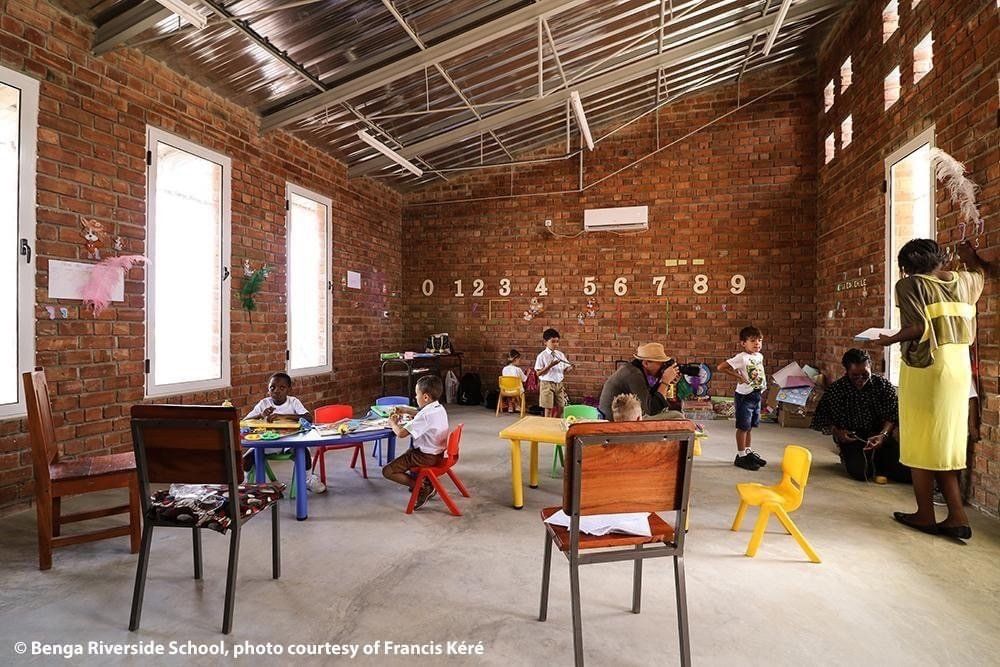
Africa is a beautiful country that has seen absolute horrors entirely out of her control. Africa’s vast and diverse wilderness is breathtaking but disappearing, and her population is growing but unstable. Yet, through all the hardships faced on the continent, the everyday people of Africa have shown their resilience and ability to keep looking forward, not giving up no matter the difficulties they face. As FarmSahel continues to help the everyday rural farmers of Burkina Faso, we must remember the dedication Burkinabe people have not to allow their uncontrollable situation stop them from achieving greatness.
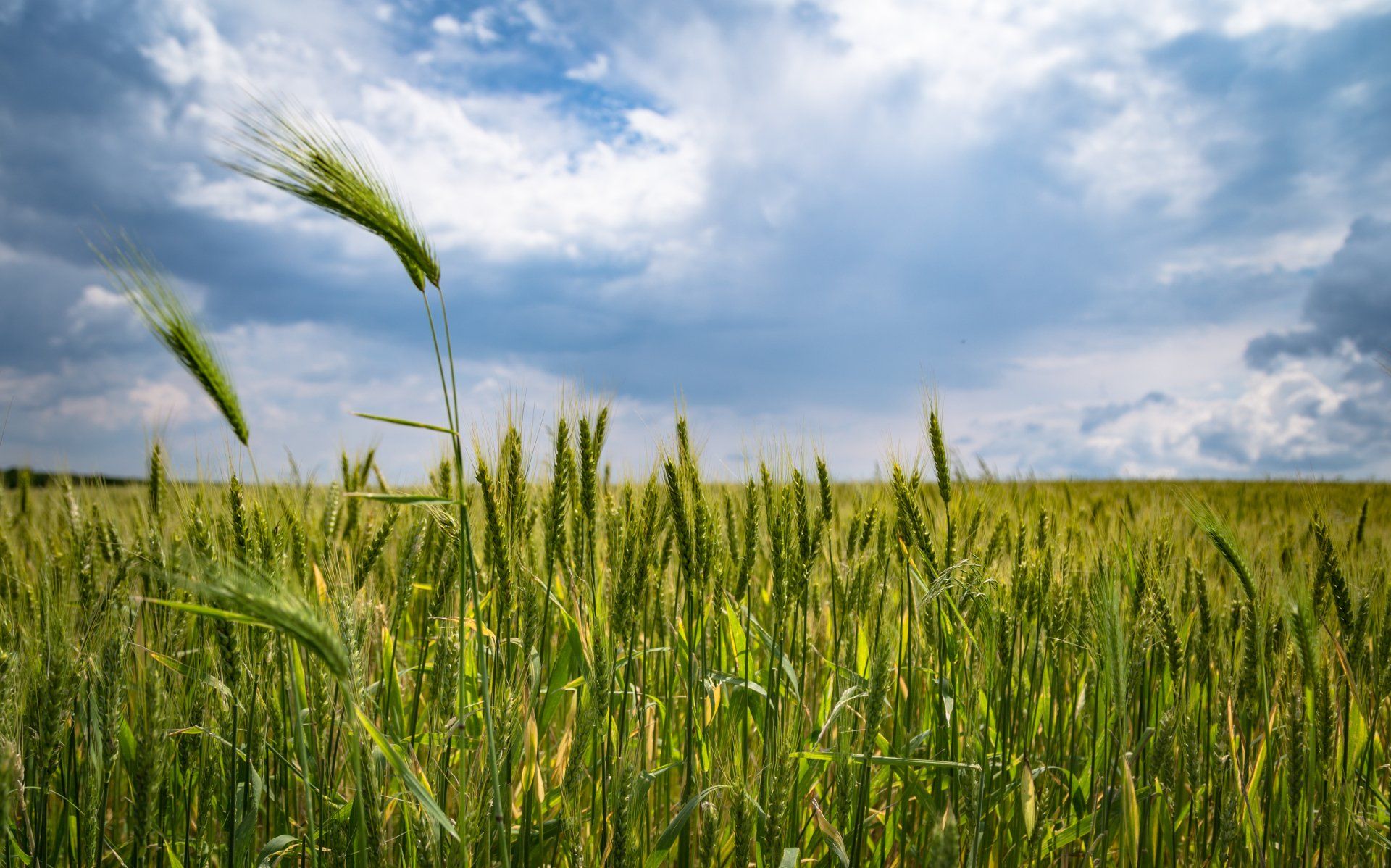
Evolutionary history constantly changes as scientists find new fossil records and archeologists reinterpret old evidence. Although, what has remained true is modern humans’ first continent, Africa. It is here that the entire world as we know it started. Ninety thousand years ago, the first people migrated out of Africa to explore a new world and create new cultures, languages, and technologies. One of these developments was one that completely changed the way humans lived, domestication. As hunter-gatherers, humans migrated alongside their food. They had no permanent settlements, and everyone worked together to feed their small tribe. Eventually, agriculture started to seep into the lives of people. The exact time and way ancient humans first domesticated plants and animals is still not known. Archaeologists believed that once a tribe learned about agriculture, they switched entirely and that this way of life spread worldwide, hence the name agricultural revolution. However, recently this theory has been disproven. Some tribes in Africa kept to their hunter-gatherer lifestyle, while others took a hybrid approach. Archeological records also indicate that humans discovered agriculture around the late stone age when people carved stones into specific shapes for weapons and tools. Another misconception many people have is that the discovery of agricultural production happened in one place. In reality, cultures worldwide discovered domestication in multiple places, but the exact process of how it came about will never be known. However, archeologists and historians have a consensus on the most likely way plant and animal domestication was discovered. It is believed that the gatherers of the tribe started to protect certain crops, mostly cereals like sorghum and millets. People would protect the crops by weeding and resowing their seeds. Gatherers soon found that resowing healthier crops produced better crops the following year. True domestication came when a family of crops became dependent on human intervention. As the years went by, the plant would no longer be able to compete with weeds but would produce a much higher yield. The same process took place with the domestication of wild animals. Again, the members of the tribe would protect the healthier wild animals. The animals would be herded together and brought to better grazing sites to increase their size. Larger animals produced more milk and meat, but the animals now required human assistance to survive. The agricultural revolution was long and drawn out, but its impacts changed humans’ entire understanding of the world! People around the world and in Africa started settling. Instead of makeshift shelters, people began to use mud, thatch, and even stones to create permanent housing. With the rise of agriculture, people began to develop better tools, use them, and be able to store them. They were no longer restricted to only taking what they could carry on their backs. Even more importantly, as people began settling in fertile regions and having a reliable food source, they had more children. Once seen as a burden to carry and care for, the entire family helped raise newborn babies. They would soon be in the fields helping their family with the harvest. Families also gained access to a surplus. If families were able to produce more than they could consume, they would have food security through bad harvests or severe weather. They would also be able to trade with artisans for other goods. Agriculture completely changed the way human beings interacted with their environment. They no longer lived in harmony with nature, migrating with the weather and animals. This surplus quickly started to create classes between rich and poor. However, this change was much more gradual than recently believed. Many early farming communities still relied heavily on hunting. Some communities simply domesticated animals, migrating to the best feeding spots every season. Archaeologists believe that most of Africa’s traditional religions gained a spiritual element during the agricultural revolution. People now had to rely on the weather and the varying climate. This brought about prayers for rain, fertility, and a good harvest. Plant and animal domestication was a long and slow process but soon took over every corner of the world. It became embedded in ancient people’s lifestyles and religions. The agricultural revolution was a significant turning point in the history of homo sapiens. We still rely heavily on farm production, and FarmSahel is working to ensure farmers can produce crops for generations. Shillington, Kevin. History of Africa. Fourth ed., Red Globe Press, 2019.
